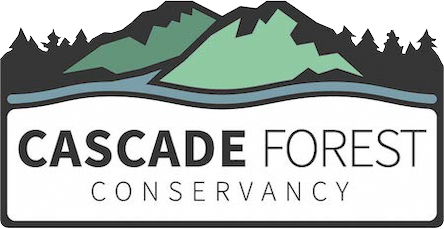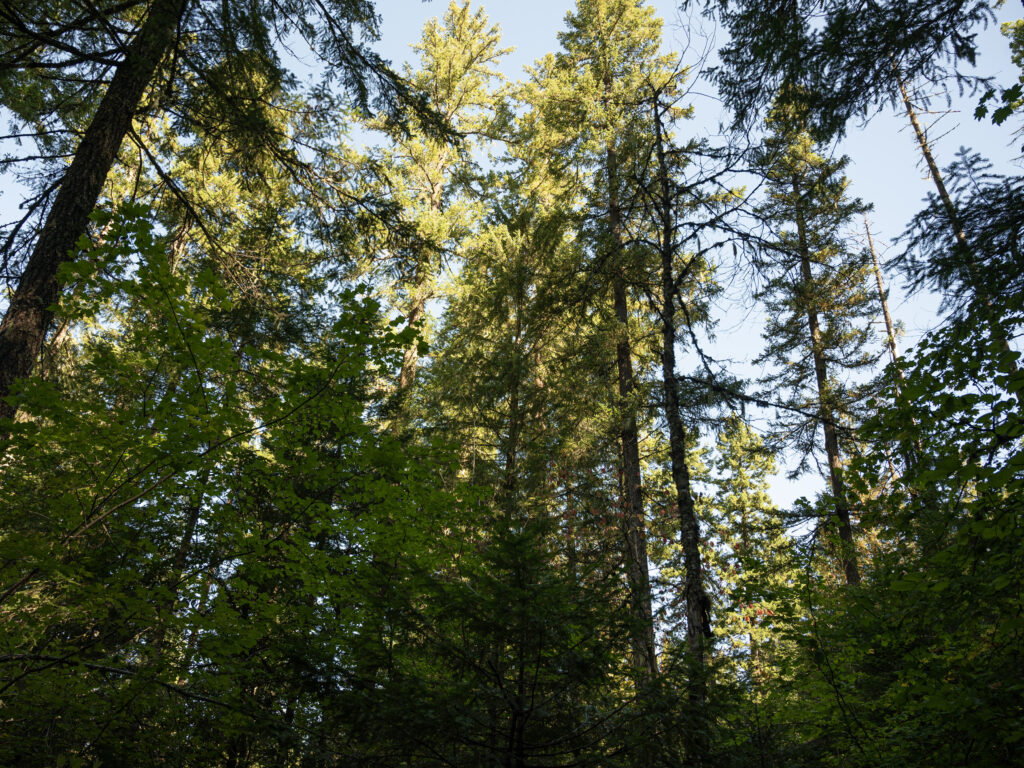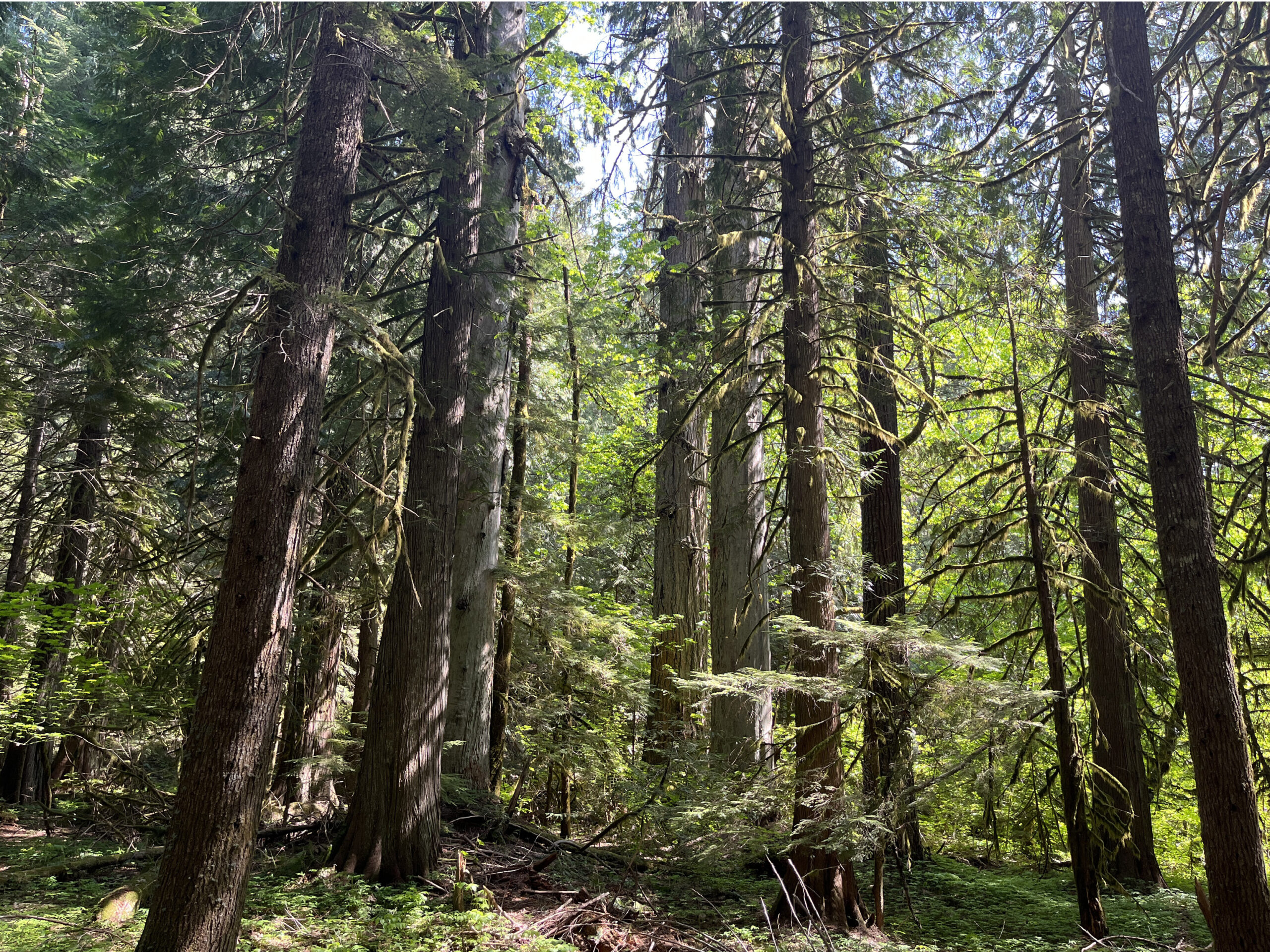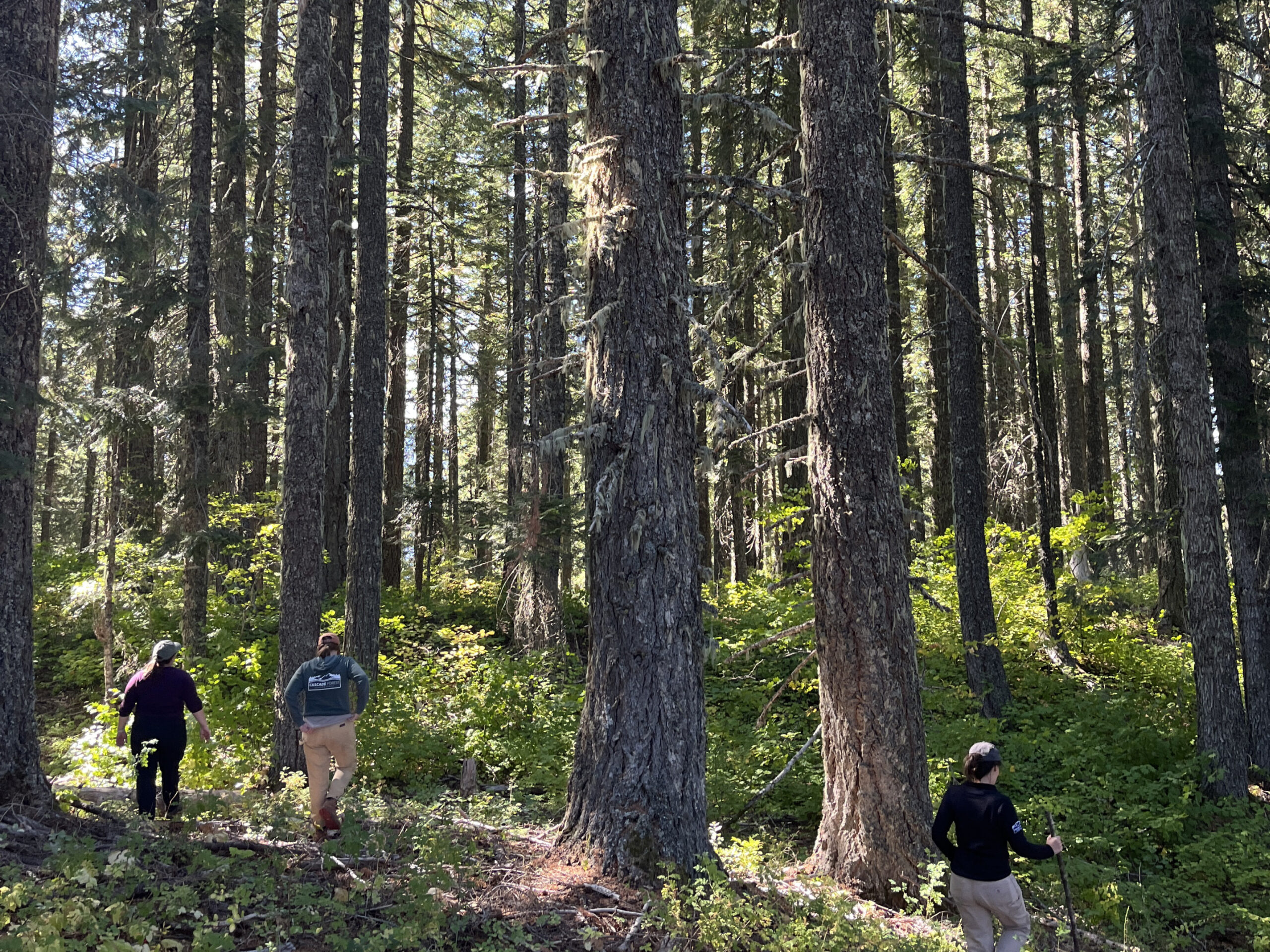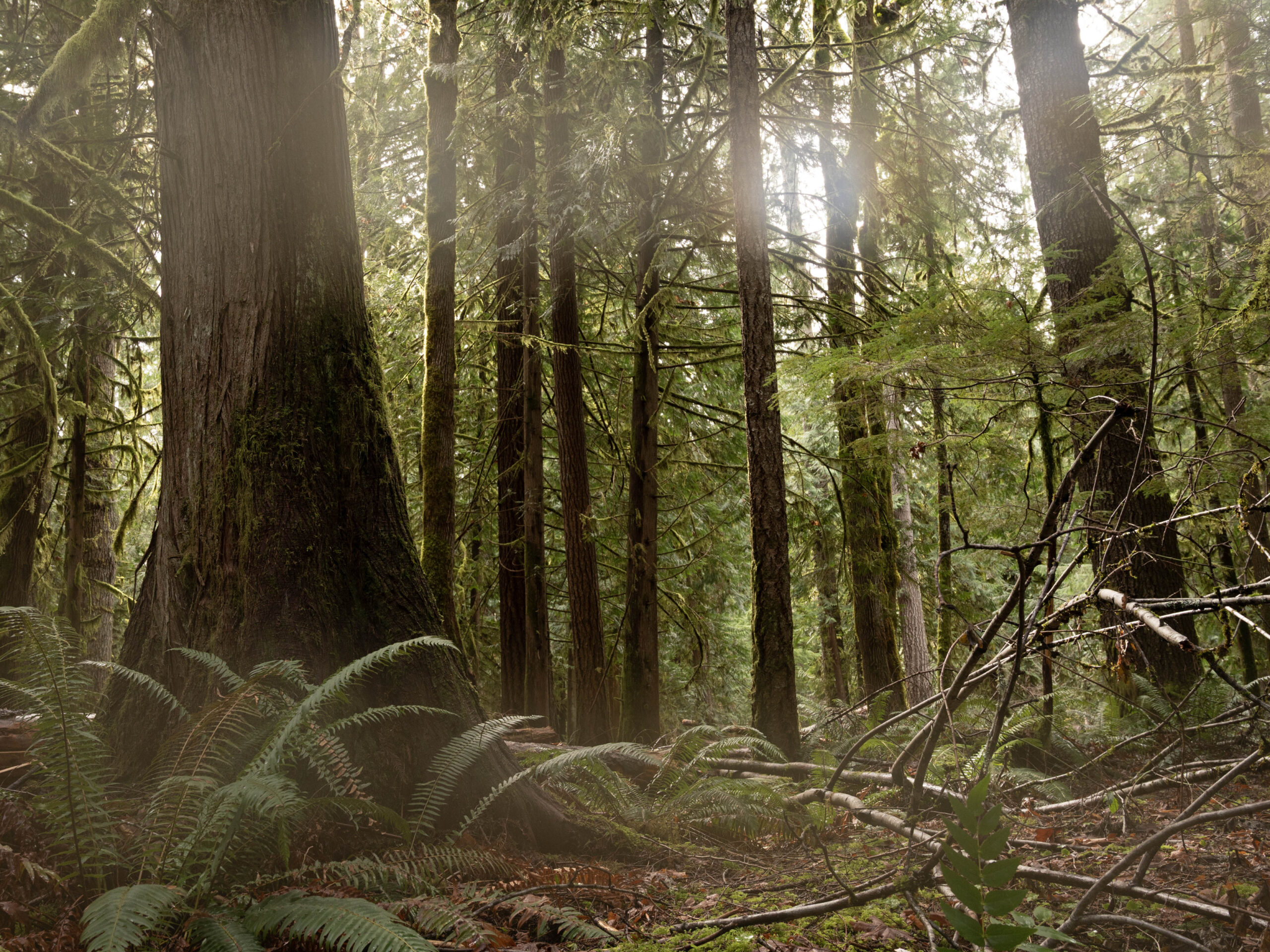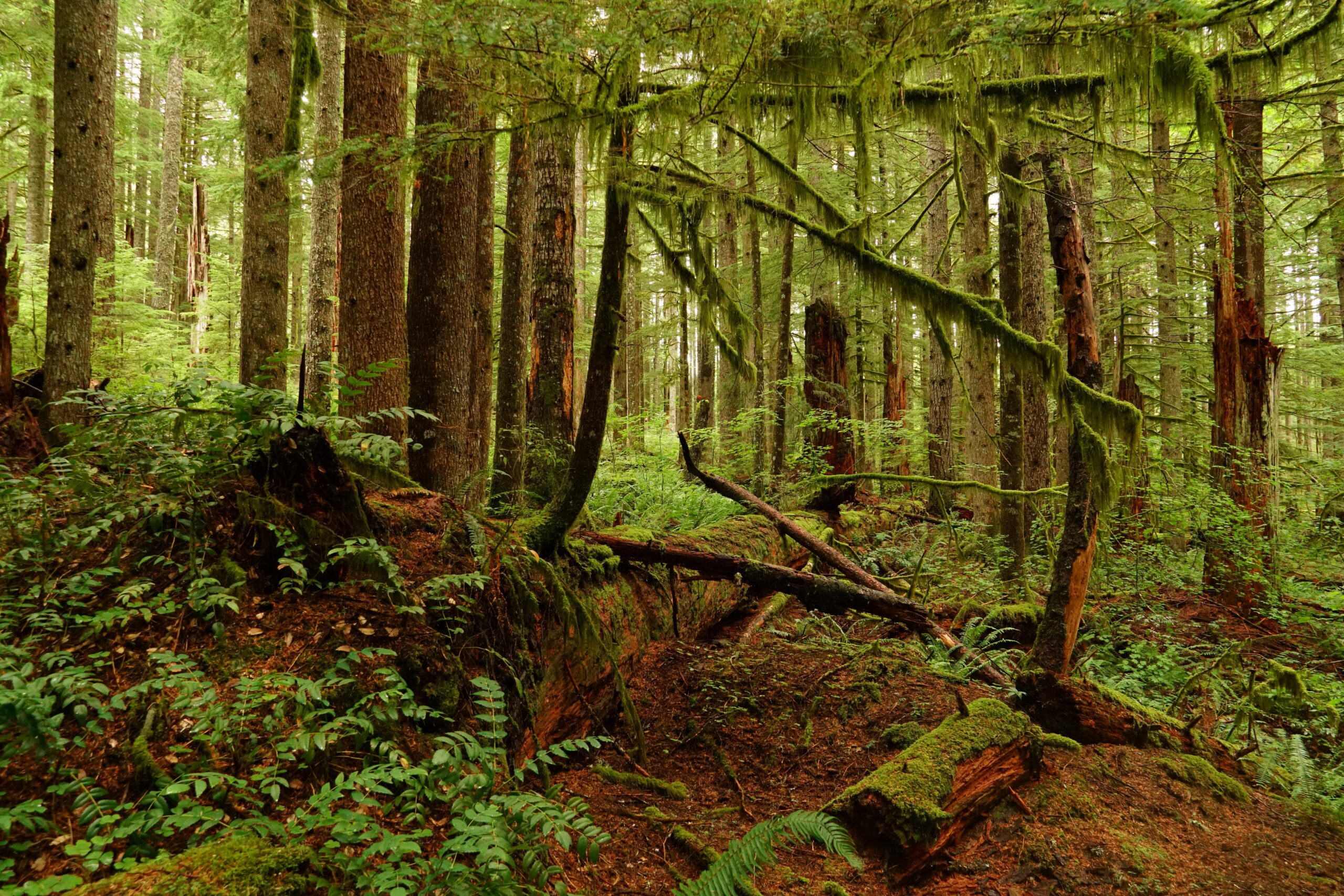Over the past months, the Trump Administration has issued a number of executive orders that have alarmed conservationists across the country and the Pacific Northwest in particular. The speed and volume of these orders have left many unsure of what their impacts will be and what can be done to ensure that communities, wildlife, and ecosystems in our region are protected.
To help answer these questions, CFC’s Communications Manager, Bryn Gray Harding, sat down with CFC’s Policy Manager, lawyer and environmental law and policy expert, Ashley Short, for a discussion about these orders and what they mean for the places CFC is working to protect.
A transcript of that conversation, edited for length and clarity, is below.
Bryn Gray Harding
There have been a number of executive orders issued by the Trump Administration recently aimed at changing the way public resources are used, specifically related to increasing energy and timber production. Looking at these orders as a whole, what is the administration trying to accomplish?
Ashley Short
There have been several Executive Orders aimed at increasing domestic energy production at all phases, and then other orders aimed at increasing timber production. These actions are largely focused on increasing domestic output and reducing reliance on imports, in part by speeding up how quickly projects happen. These orders direct agencies to use existing emergency authorities in potentially questionable ways and frame timber and energy production in terms of national security. Some timber and energy projects take a long time to get permitted from start to finish because agencies have to comply with current environmental laws. We would say that that’s a good thing. It helps make fine-tuned projects that don’t cause undue harm for species and ecosystems. Speaking very broadly, the administration is trying to speed up timelines for projects on federally managed land through these orders.
BGH
Do these orders create a threat of immediate changes to logging and mining processes in the places we’re seeking to protect? How are these actions actually going to impact conditions on the ground?
AS
I don’t think we’re going to see things like old-growth logging on the Gifford Pinchot National Forest directly resulting from these executive orders for a number of reasons. The timber executive orders, in particular, are really just focused on streamlining how fast projects get done using existing authorities. Are there things in there that are concerning? Yes. Are there things we will monitor closely? Absolutely. However, many of the aspects of these executive actions will include administrative processes that will create opportunities for CFC and the public to engage with and, eventually, litigate if necessary.
BGH
What are the things that you’re concerned about?
AS
There are a number of things. For example, in one of the orders about timber, there is a note about allowing agencies to determine on their own, without meaningful oversight, whether they are complying with the Endangered Species Act. So, for example, if that authority to determine compliance was given to the Forest Service, the Forest Service would be deciding whether or not there projects are complying with the Endangered Species Act instead of another agency, like the U.S. Fish and Wildlife Service, looking over the Forest Service’s plans and determining whether or not they’re complying with the ESA. So, that could be concerning.
But even on that issue, we’re in a “wait and see” space. The Executive Order doesn’t mandate that that change happen; it directs agencies to explore opportunities to determine if it can happen. It’s not something that’s immediately happening. These orders are kicking off many processes to investigate and change rules, and we will have opportunities to be engaged in that.
The one thing that poses a more immediate threat is that copper is now listed as a critical mineral, which might increase the urgency regarding our efforts to protect Mount St. Helens from a gold, copper, and molybdenum mine. But again, we’re waiting to see how these changes around domestic mineral production are going to be implemented.
BGH
A lot of the text of these orders seems to suggest or imply that decision-making agencies should find ways to circumvent things like the Clean Water Act and the Endangered Species Act. Should we expect to no longer be able to rely on these laws to protect our shared natural resources?
AS
So yes, the orders are trying to minimize the effectiveness of laws like the National Environmental Policy Act, the Clean Water Act, and the Endangered Species Act. However, a lot of what these orders are doing is about using existing emergency authorities or invoking national security to speed processes up. In a lot of these cases, these emergency authorities are defined by law or have some sort of limitations on them. So, you can challenge whether using emergency authorities to avoid environmental reviews is justified or not in court. Invoking emergency authority isn’t a way for the administration to do whatever they want without any process at all.
BGH
Are there things that CFC is doing right now or that our supporters can be doing to help push back against some of these actions?
AS
That’s a good question. At the moment, we are primarily watching to see what will actually happen. Many of the processes agencies are being ordered to begin have tight timelines. For example, some are directing agencies to develop these recommendations within the next 10 or 30 days. I believe that in the coming months, we will start to see many of these processes begin, and we must be prepared to articulate why these are poor ideas and what we stand for.
When the time is right, we will create opportunities for our supporters to take action and make their voices heard! Grassroots public engagement will be essential. Right now, we are closely monitoring the situation and working with coalitions of like-minded environmental groups to have strength in solidarity. Things are changing daily, all of which is impacted by the significant number of federal workers who were fired or in the process of losing their job. It’s still uncertain how quickly or slowly these changes or potential changes will occur. In short, we need to stay on top of everything, and we need to be ready to act when the time is right.
BGH
Is there anything else that you think would be important for CFC supporters to know or to understand or information that would be helpful when they see a post or headlines about these orders?
AS
Yeah, at least from a local perspective, I think it’s key to understand how important the forest collaboratives* are and will be over the next four years. Our local Forest Service is invested and engaged in those spaces, and we’re hopeful that continuing to engage locally on specific projects and building on those existing and strong relationships will lead to outcomes that CFC and our supporters can support or at least live with.
I think staying locally focused and being engaged with our local Forest Service staff is a good way to help protect the Gifford Pinchot National Forest in the long-term. We also intend to continue supporting individual civil servants who are being asked to do more with fewer resources, less capacity, and evaporating job security. Yes, it’s quite chaotic at the top, but we and our forest collaborative partners can ensure that decision-making doesn’t veer too far in the wrong direction, at least locally. And if there are pressures from above that mandate poor practices, then we will stand up as the watchdog we are, to hold them accountable, even if that means litigation. I think this is expected of us internally and externally. When and if this time comes, we’ll need strong backing from our supporters then too.
* Forest Collaboratives are organizations that exist to create dialogue among federal agencies, Tribal governments, conservationists, the timber industry, other local governments, local businesses, and rural community members about land management projects like timber sales and restoration initiatives. Forest Collaboratives allow groups and individuals holding diverse perspectives and priorities to hear about and weigh in on projects from the earliest stages of planning processes. They help these various interests work together to create zones of agreement and to identify and address disagreements or concerns. By supporting these collaboratives and taking their recommendations seriously, agencies like the U.S. Forest Service can often address concerns about upcoming projects before plans are finalized, helping avoid unnecessary conflicts or litigation. CFC is a founding member and active participant of two forest collaboratives that help guide land management decisions in the Gifford Pinchot National Forest.


